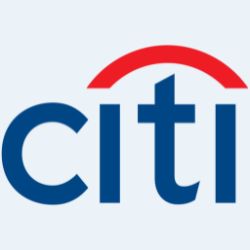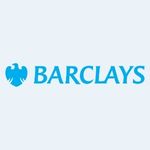JPMorgan Chase & Co. was founded in 1854 when Junius S. Morgan partnered with banker George Peabody in London, operating in the Financial sector and the Investment Services subsector.
Headquartered in New York, the company operates in over 50 countries, providing financial products and services to corporate clients, governments, institutional investors, and high-net-worth individuals.
Its main subsidiaries include JPMorgan Chase Bank, based in New York, Chase Manhattan Bank USA, headquartered in Delaware, and JP Morgan Securities Inc., its primary non-banking subsidiary.
The company’s operations are structured across five business segments.
The Investment Bank provides financial advisory, capital raising in capital markets, risk management, and market services to global corporations and governments.
The Treasury and Securities Services segment handles asset custody, securities lending, cash management, and payment services for investment funds, banks, and insurance companies.
In the Investment Management and Private Banking segment, the company offers asset management solutions for institutional clients, high-net-worth individuals, and retail investors.
Finally, the company engages in proprietary investing, deploying its own capital to capture market opportunities.
With a global operation, JPMorgan Chase maintains an extensive network of branches, offices, and operations centers worldwide, with thousands of employees dedicated to serving clients across multiple segments.
On the B3, the company is traded through the BDR JPMC34, while internationally its shares are listed on the NYSE under the ticker JPM.
History and Founding of JPMorgan Chase & Co.
JPMorgan Chase & Co. has a history dating back to the 19th century, resulting from the merger of several historic financial institutions.
Years after its founding, J. Pierpont Morgan established Drexel, Morgan & Co. in 1871, which later became JP Morgan & Co. in 1895.
However, the modern structure as we know it emerged in the 2000s with the merger of The Chase Manhattan Corporation, forming JPMorgan Chase & Co.
Since then, the company has expanded its operations through the acquisition of major institutions, including Bank One in 2004, Bear Stearns in 2008, and Washington Mutual in the same year.
Long before the merger, in 1969, the company’s predecessors conducted an initial public offering (IPO) on the New York Stock Exchange (NYSE), when the predecessor institutions were already publicly listed.
In 1996, the merger with Chemical Bank created one of the largest financial institutions in the United States.
Then, in 2004, the acquisition of Bank One for USD 58 billion brought Jamie Dimon on board as CEO in 2005.
Over the years, JPMorgan Chase has become a sector leader, continuing in recent years to invest in financial technology (fintechs) and the digitalization of banking services.
The company has also undertaken initiatives in sustainability and responsible finance, integrating environmental, social, and governance (ESG) practices.
Additional Information
The Company JPMorgan Chase & Co. (United States), is listed on NYSE with a market cap of $ 823.13 Billions, having an equity of $ 360.21 Billions.
With a total of 251.196 employees, the company is listed in the sector of Financial and categorized in industry of Investment Services.
In the last 12 months the Company had a revenue of $ 179.42 Billions, which generated a profit in the amount of $ 58.03 Billions.
As for its main indicators, the Company has a P/E ratio of 14.19, a P/BV ratio of 2.29 and in the last 12 months the dividend yield of JPM was at 1.86%.
The Company is traded internationally through the ticker JPM.







































